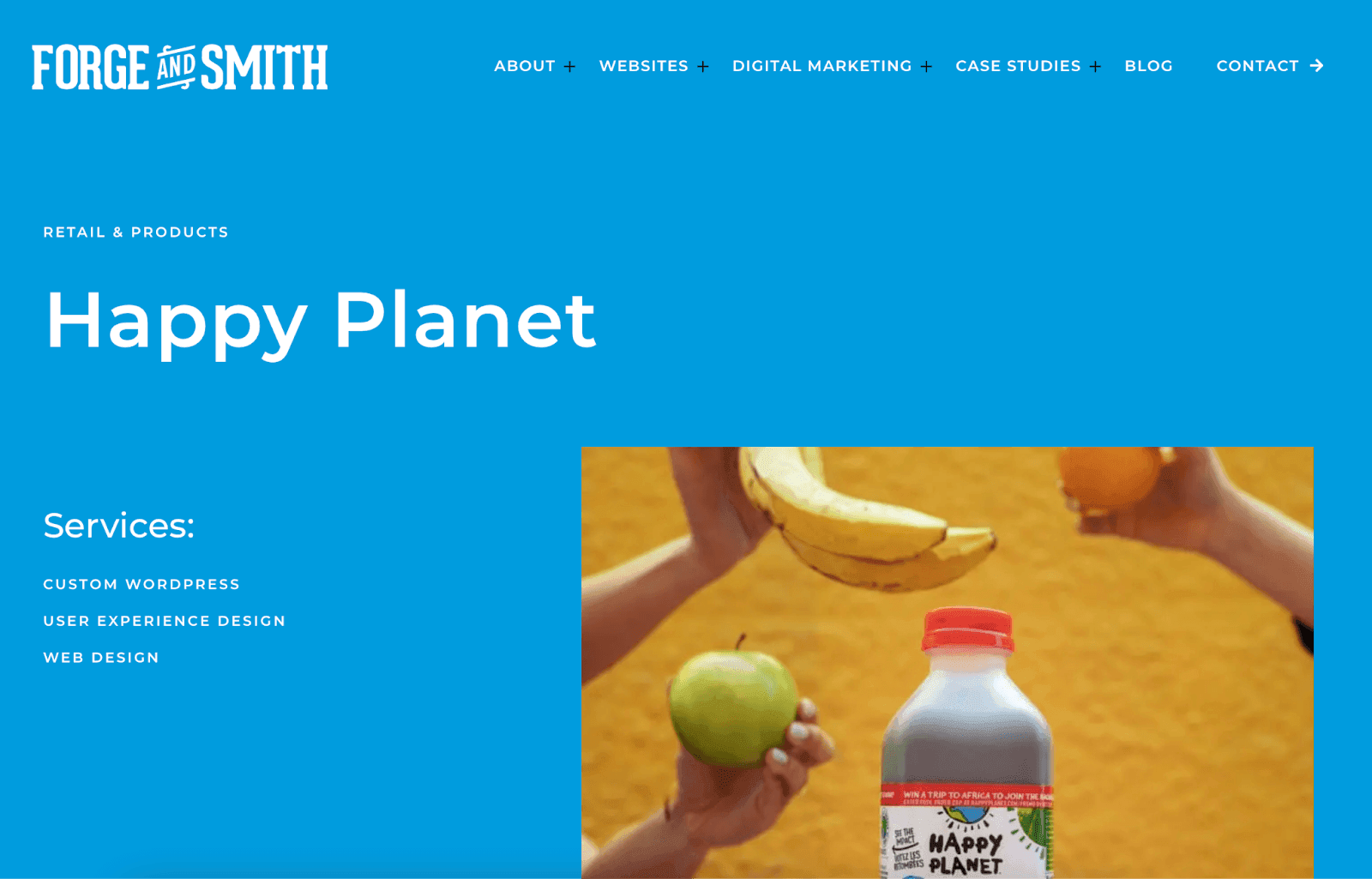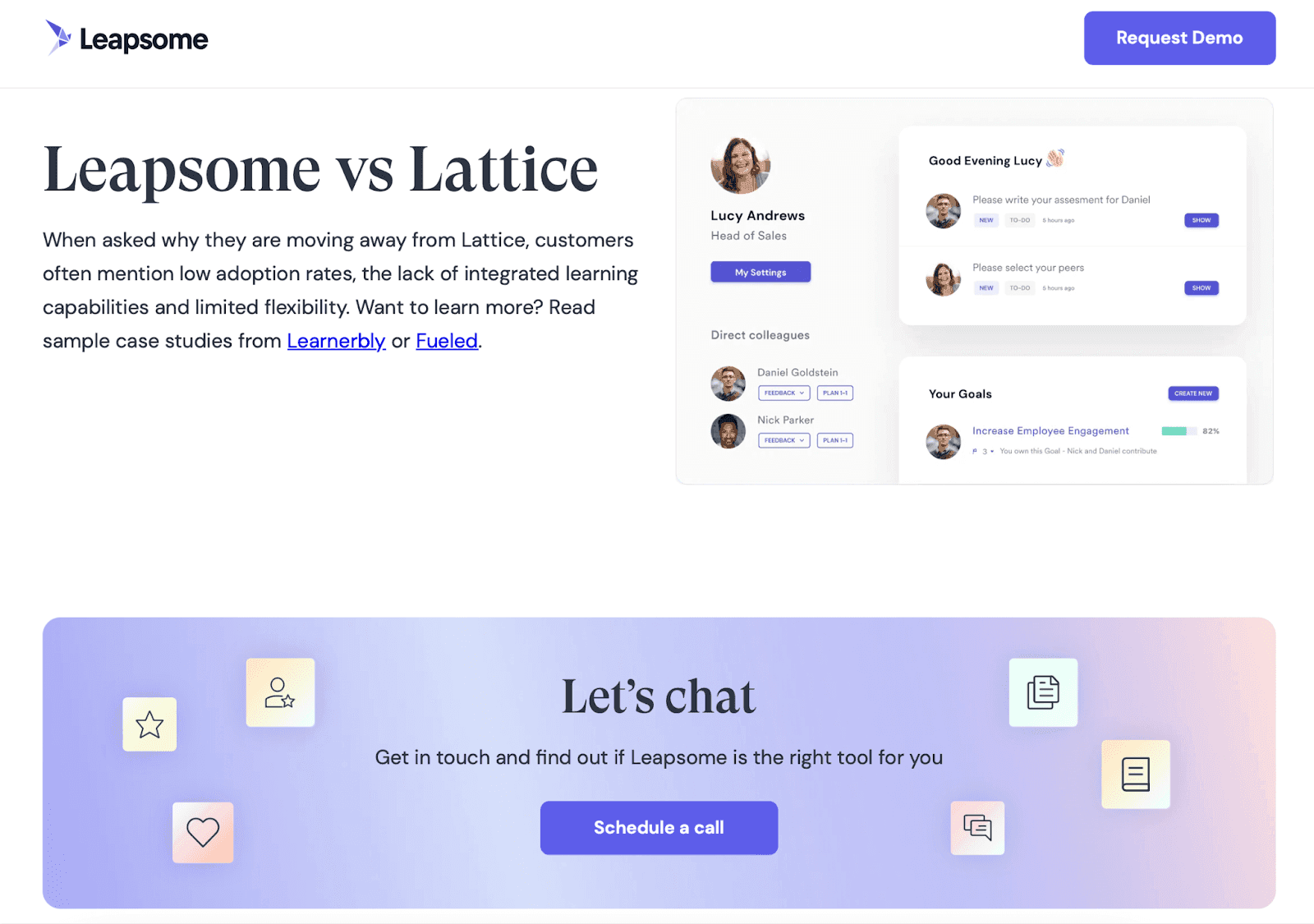Bottom-of-funnel (BOFU) marketing represents customers in the purchasing stage of their journey. At this point they have discovered your product, expressed interest, and are thinking of pulling the trigger and purchasing. Gain insight to the goals of BOFU marketing, tips on how to measure results, and discover types of BOFU marketing to determine which one is right for you. BOFU marketing provides the most effective ways to grab attention and close sales.
Let’s get into it.
What Is Bottom-Of-Funnel Marketing?
Bottom-Of-Funnel marketing (BOFU) is the act of marketing to the part of your audience that is ready to purchase. Without the bottom-of-funnel approach, your marketing will result in unfinished business. Give your marketing the attention it deserves by including bottom of funnel marketing into your content marketing funnel.
Goals Of Bottom-Of-Funnel Marketing
The purpose of bottom-of-funnel marketing is to market your product or service in a way that appeals to your audience and turns interested people into loyal customers. BOFU marketing is made to guide your efforts to the finish line, step-by-step. Here’s how:
Increase Lead Generation
Spend time marketing to the people that want your product, and you’ll attract more. You’ll be creating a buzz about your brand and that’s enough to get the ball rolling. You have great products that deserve to be heard. There’s no limit to what a simple lead can do for your company.
Move Conversions To Customers
At this point, people have expressed interest in your product or service and now it’s up to you to convert them. Prove to them why your product is the best for them. Your audience will grow in numbers and in turn, customers will grow too.
Finalizes Sales
Bottom-of-funnel marketing allows you the chance to seize more marketing opportunities than ever before and grow upon them. The end of the funnel leads to boosting sales while providing the opportunity to gain momentum in areas that will increase growth all throughout your marketing.
How To Measure Results From Bottom-Of-Funnel Content
It’s important to have a clear understanding of the progress made from using bottom-of-funnel marketing. This way, you don’t need to sacrifice time and energy on efforts that don’t yield strong results. Use marketing metrics and KPIs to gauge effectiveness and be able to recognize trends that will optimize opportunities. Opening doors to more leads and more conversions.
Keep your marketing efficient while measuring results with three ways that will prove what’s working and what’s not.
Conversion Rates
Focusing on conversion rates, allows your company to distinguish between visitors and customers. Out of everyone that visited your site, you can see out of those visitors, who actually converted and purchased your product. Conversion rates will give you a clear picture of how many become customers and how many simply show interest. A simple way to measure your conversion rate is to take the number of conversions, divided by the total number of visitors, then multiply by 100.
For example, if you had 80 people convert and purchase your product out of 175 people that visited your website, your conversion rate would be 45.7%.
Acquisition Costs
Think about acquisition costs as being the cost amount needed to convert a lead into a paying customer. For example, a high customer acquisition cost, implies your budget could be handled more effectively or your marketing efforts need adjusting. Acquisition costs show how much you spend to win over a customer, and helps you reflect on your marketing and sales efforts. To measure your acquisition costs, take the total cost of sales and marketing, and divide it by the total number of new customers acquired.
Customer Lifetime Value
This metric represents the total net profit expected from a customer throughout the entire relationship. Customer lifetime value takes into account their purchasing tendencies. If a customer buys from you time and time again, you can infer you’re doing something right. Keep in mind the bigger the customer lifetime value, the less you need to spend on acquisition costs.
Customer lifetime value = average total order amount * average number of purchases a year * retention rate.
5 Types Of Bottom-Of-Funnel Content Ideas To Boost Your Sales
Just like how there’s plenty of solid marketing ideas out there, there’s plenty that are specific to bottom-of-funnel content as well. Here’s a few types of bottom-of-funnel content ideas that can help boost your sales.
1. Publish A Case Study
A case study puts a specific group or audience under a microscope to focus on their behavior, and compare it to others. In the marketing world, case studies will zone in on people who have bought your product, to compare to people who have not. These studies focus on the buyers, their reason for buying, and their reviews. Aiming to show potential customers the success buyers have had from your product.
Ultimately case studies serve as an opportunity for visitors to envision the success that buyers have, for themselves.
Forge and Smith leveraged their skills in web design to create a unique website for Happy Planet. They also took this as an opportunity to showcase their skills in this case study. They broke their process down into clear sections, easy for readers to digest, and give them a peek into what Forge and Smith can offer them. More importantly, it proves to their audience they can be of service to them in the future.
2. Use Comparison Pages To Show How Your Product Stands Out Against Competitors
When you reach bottom-of-funnel marketing, you are aiming to convert visitors to customers. For people to convert and purchase a product or service, they need to gauge where you lie amongst your competitors. Comparison pages serve as a voice for your company and help you stand out from the competition.
Leapsome did a great job here setting themselves apart from their top competitor, Lattice.
Including a strong, accessible comparison page immediately puts Leapsome ahead of the game. Their comparison page not only calls out the positive attributions that they bring to the table, but it also shines a light on the implications of their competitor Lattice. Comparison pages prove to potential customers they would be in better hands with you.
3. Optimize Your Pricing Page
Almost every time, a person’s deciding factor on whether to buy or not to buy, is the price. That’s why making a simple, effective pricing page that’s easily accessible will bode well for your company.
A simple yet effective way to increase conversions through your pricing page, is including call-to-action buttons. Ones that stand out and are easy to access if someone feels ready to purchase, and are bound to increase click rate.
This also includes designs such as a box around the most popular option. Any way to call attention to a killer deal or make it easier for the customer to buy, is essential for your pricing page.
For example, Casper provides a minimal yet strong pricing page for their customers.
If your company offers a refund policy, it’s a good idea to include that here as well for full transparency with your customers, all the more reason they will love your product.
4. Filter Leads To Your Sales Team
Lead filtering is the act of dividing up your leads into their respective categories. Lead filters are vital for two reasons. You won’t be wasting time trying to locate any given lead. You can get as specific as you need when searching for a lead, narrowing your choice down in seconds.
This allows your sales team to clearly see which leads need attention, be able to construct strong email and call schedules, and easily locate contacts when needed.
LinkedIn introduced their LinkedIn Sales Navigator, a product that helps their users with lead and account management. It serves as their personal finder to filter leads and strive to create more.
5. Offer A Free Trial Of Your Product
Providing the option for a free trial is one of the best things you can do to boost conversions. There’s no risk holding a potential customer back, plus it’s practically inexpensive for your company to do so.
Free trials boost your brand awareness and are built to turn interested buyers into loyal customers . Here’s an example of how Honeybook did it.
Here, Honeybook clearly offers a free trial for anyone interested. On top of that, the no credit card required tab is a nice touch to ease any hesitancy from a viewer.





